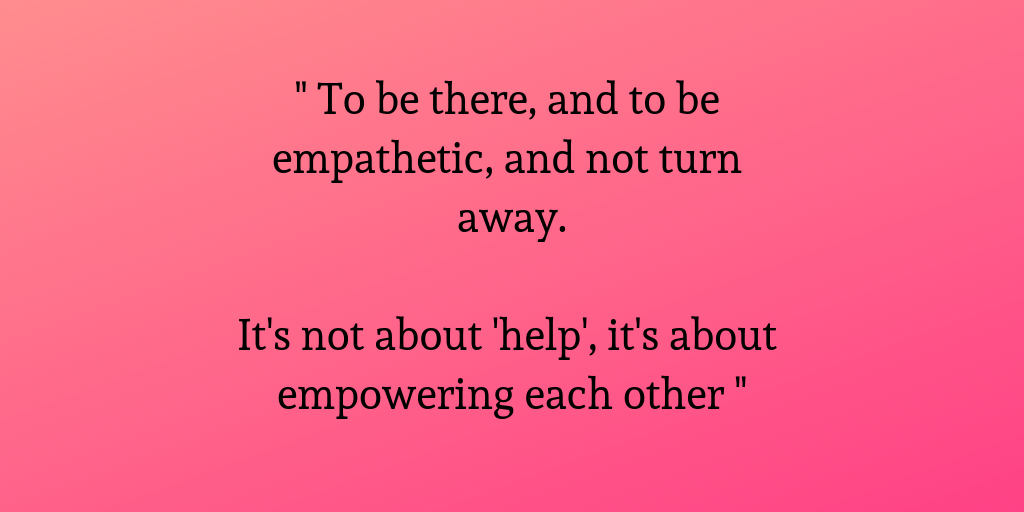

By identifying where a decision is being made, acknowledging and communicating the choices involved and their implications, the best decision can be reached for and with an individual. Not just bias in study results, although this is an important area, but equally important is involving everyone in the decision: a multidisciplinary team which includes the patient, and their values and preferences, at its heart. EBM is about making those decisions transparent and reducing bias as much as possible. Therefore, within medical practice, decisions are constantly being made. There are facts in medicine in the science of anatomy, physiology, pharmacology, etc however, medicine is often referred to as an art, and treatment choices are exactly that-a choice. It requires us to be sceptical, to question our knowledge and beliefs, to identify the key questions, and to not be afraid to admit we don’t have all the answers. Why? I would argue that adopting evidence-based practice (EBP) does not come easily to many. Rereading the original papers, it is disappointing to reflect on how little the paradigm has shifted. Looking back to the publications on EBM from the early 1990s onwards gives a perspective of the serious issues they were tackling, and the desire to make this fun, as well as easy to understand and adopt. The first one denies-against all evidence-that a problem exists, and the second is far from what the founders of EBM described. It allows no place for professionalism, it is too rigid, and it does not 'fit' the patient in front of me.” “EBM just means blindly following guideline recommendations and trial results. “Surely all medicine practised today is evidence-based.”


 0 kommentar(er)
0 kommentar(er)
